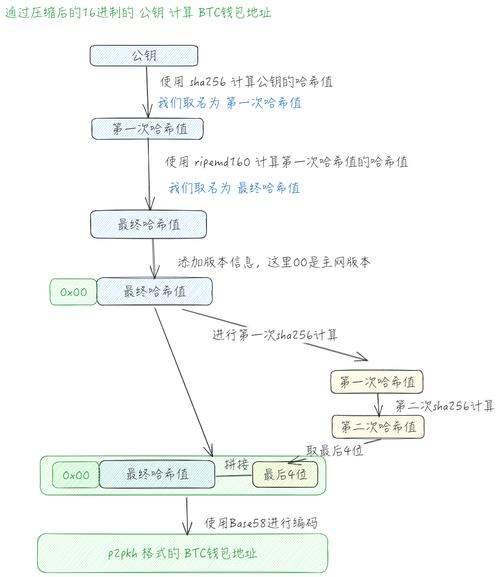Understanding What a Trading Strategy Is: A Detailed Guide
Understanding What a Trading Strategy Is: A Detailed Guide
Are you new to the world of trading and curious about what a trading strategy entails? Look no further. In this comprehensive guide, we will delve into the intricacies of a trading strategy, exploring its various dimensions and helping you understand how it can shape your trading journey.
What is a Trading Strategy?

A trading strategy is a structured plan that outlines how you will buy and sell financial instruments, such as stocks, currencies, or commodities. It is designed to help traders make informed decisions and manage risk effectively. By following a well-defined strategy, you can increase your chances of achieving consistent and profitable results.
Key Components of a Trading Strategy
Several key components make up a trading strategy, including:
| Component | Description |
|---|---|
| Market Analysis | Understanding market trends, economic indicators, and news events that can impact the price of financial instruments. |
| Entry and Exit Points | Identifying the optimal times to enter and exit a trade based on technical or fundamental analysis. |
| Position Sizing | Determining the amount of capital to allocate to each trade to manage risk effectively. |
| Stop Loss and Take Profit | Setting predefined levels to minimize potential losses and lock in profits. |
| Money Management | Implementing rules to manage your trading capital and avoid overexposure to risk. |
Types of Trading Strategies

There are various types of trading strategies, each with its unique characteristics and applications. Here are some of the most common ones:
- Day Trading: Involves buying and selling financial instruments within the same trading day.
- Swing Trading: Focuses on holding positions for several days to weeks, targeting price swings.
- Position Trading: Involves holding positions for months or even years, targeting long-term price movements.
- Scalping: Involves making numerous small trades within a short time frame to capitalize on small price movements.
- News Trading: Based on analyzing news events and their impact on financial markets.
- Technical Analysis: Involves using charts and technical indicators to predict market movements.
- Fundamental Analysis: Involves analyzing economic, financial, and qualitative factors to determine the intrinsic value of an asset.
Developing Your Trading Strategy
Developing a trading strategy requires thorough research and analysis. Here are some steps to help you get started:
- Define Your Objectives: Determine what you want to achieve with your trading strategy, such as generating consistent income or capital growth.
- Understand Your Risk Tolerance: Assess how much risk you are willing to take and adjust your strategy accordingly.
- Choose a Trading Style: Decide whether you prefer short-term or long-term trading, and select a strategy that aligns with your style.
- Backtest Your Strategy: Test your strategy using historical data to see how it would have performed in the past.
- Implement Risk Management Rules: Set stop loss and take profit levels, and allocate capital appropriately.
- Monitor and Adjust: Continuously monitor your strategy’s performance and make adjustments as needed.
Common Challenges and Solutions
Trading strategies can face various challenges, such as market volatility, emotional biases, and changing market conditions. Here are some common challenges and their solutions:
- Market Volatility: Use stop loss and take profit levels to protect your capital and manage risk.






